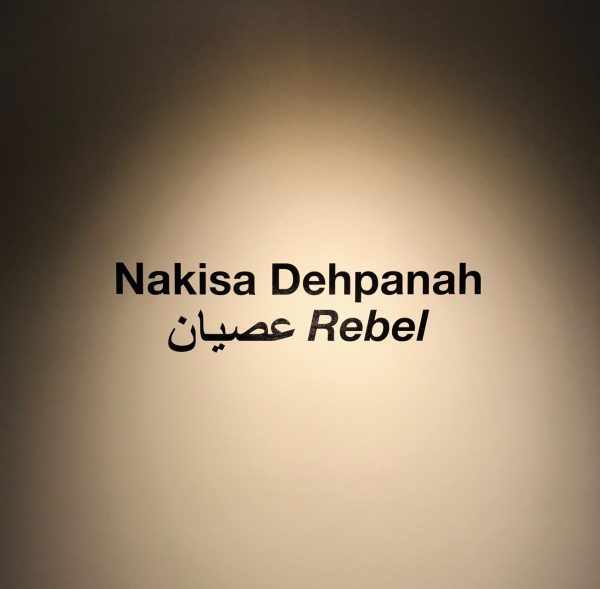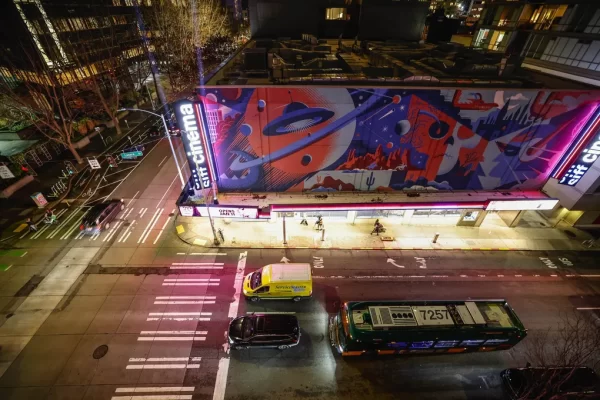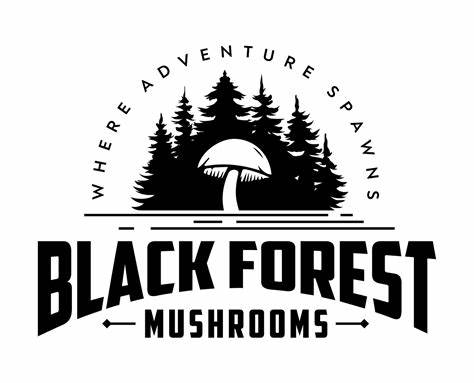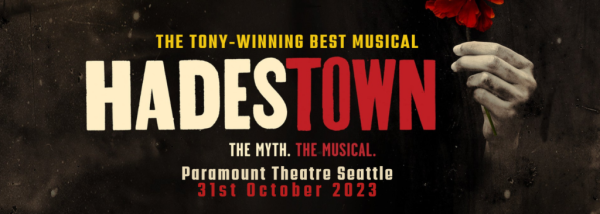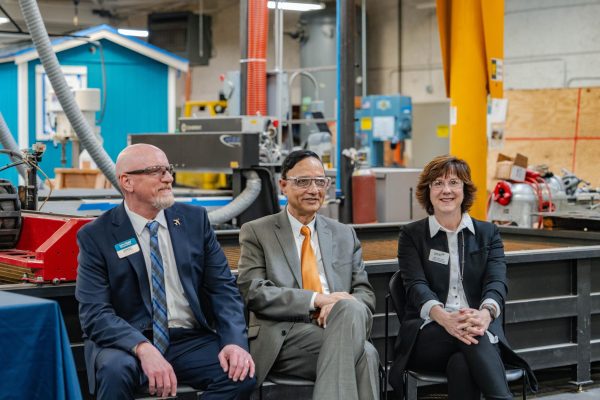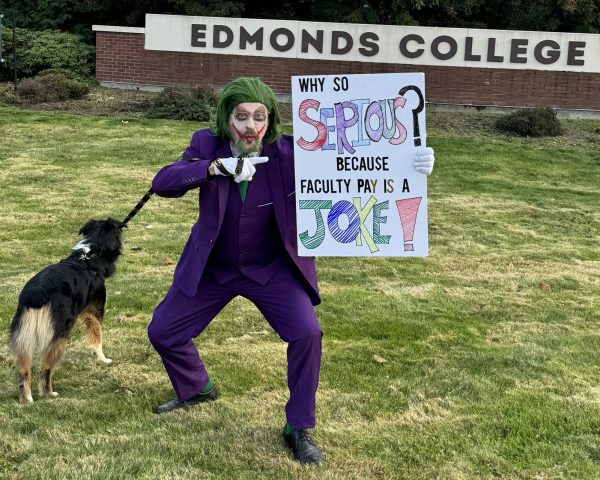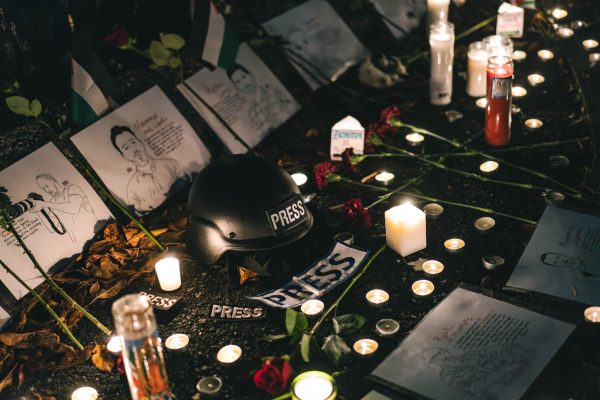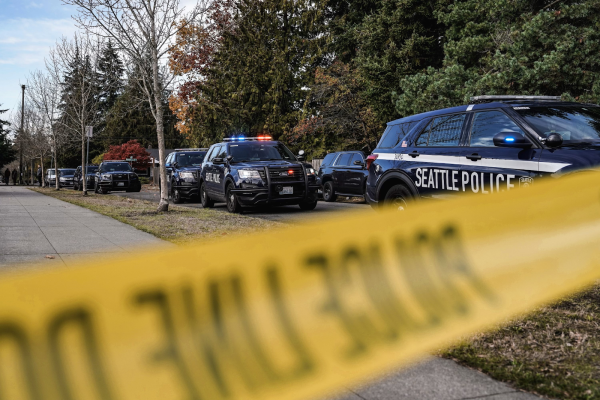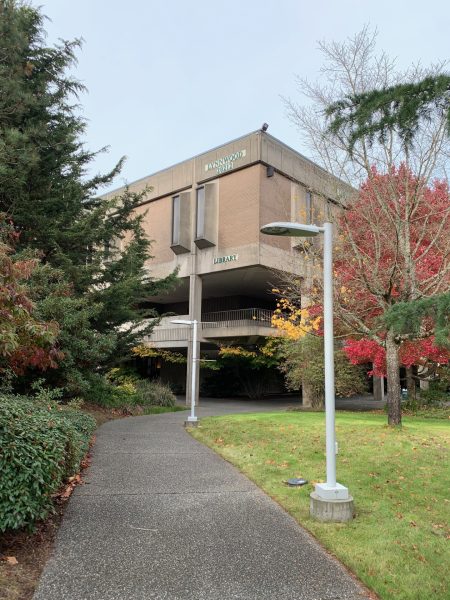Rocketry Society Soars to Great Heights
On Friday afternoons in room 221 of the Meadowdale building, a lovable group of scientific jokesters known as the Edmonds Community College Rocketry Society, gather together for their weekly meeting.
During one of the Society’s meetings, design lead Nash Erdmann delivered a meaningful and potent Powerpoint presentation on rocket guidance and stabilization. However, his lecture of intelligent and meaningful information on the subject was not without its tidbits of humor. While giving the presentation, the subject of a difference between a missile and a rocket came up from another member in the audience, and Erdmann joked that “the rocket has a parachute.”
Most members of the Society are STEM (Science Technology Engineering and Math) students, and many joined as late as last quarter. They gather in hopes of learning something new about building their next rocket, collecting new information on their next launch, and even to celebrate a freshly earned Level 1 certification, an acknowledgement for successfully building their first rocket, for one of their members.
When asked about what kind of club the Rocketry Society is, President Brie Hall advertised “We are a highly enthusiastic student group working towards the Spaceport America Cup,” a national competition in Las Cruces, New Mexico. They also find time to poke fun at each others’ computer skills along the way, culminating in a collection of chuckles.
However, there is still more to the science of building rockets than meets the eye. Erdmann explains “Rocketry takes months and months of planning.”
The Rocketry Society works on and prepares their rockets with multiple concepts in mind over the course of a few weeks, experimenting with different parts. Any one of the experimentations they work on could range from electronics, to modeling, to carbon fiber, or to stabilization systems so it flies as they planned.
The marvels of modern technology also allow the students to develop their ideas for their rockets in a significant manner, or to even simulate how well a digitally built rocket of their choice would fare in outer space. They run simulations on their laptops using the software “Simple Rocket,” waiting and hoping that the rocket they have simulated building would have enough power to make it to Mars. Members also get to model their visions of the final product on another software program “Open Rocket.” These are just the stepping stones to get to the final stages of what the end result will be for the members of the club.
But aside from all the learning, development, fun, and humor, perhaps the Society’s most surprising twist is how involved it is with local and regional participation. When asked about additional projects that the Society does outside of developing rockets, the humanitarian side of Society shows through. Hall comments that they are going to be “working with Girl Scout troops to show off STEM concepts in Monroe Hall and are working on exhibiting water bottle rockets to a local preschool in the spring.” This kind of outreach was planned when starting the club, Hall explains “We are funded by the STEM Program and Carey Schroyer, the Dean of the STEM Department, was pivotal in helping us acquire funding for the materials for the club with the end goal of providing outreach opportunities for the school and community as a whole.”
On the other hand, this fellowship of rocket builders also have a very competitive edge to them. They are constantly working to get their designs ready for the next convention or launching event. The upcoming Washington State Aerospace Collegiate Conference on Feb. 16, is the next big event that the Society is preparing for. According the college’s website for the event, it’s purpose is to “gather multiple schools and programs together to share their current initiatives, interests, and successes in aerospace programs.” The conference is to be hosted at Edmonds Community College from 9:30 a.m. to 4:00 p.m..
The Rocketry Society has had its share of stories during some their events. Just last year, the club was newly formed and growing. Lots of inexperience plagued the members at the time. They had just bought their first batch of rocket building kits.
The kits have a reputation for having poor instructions on assembling them. The members did not achieve success building them the first several times, and they spent the entire day rebuilding and modifying them to compensate for the mistakes.Present day club Treasurer Tony Chuang had three successful flights, except for the fact that it spit out the motor every time.
“One of the many building mistakes we made was not creating something to hold the motor in place during flight,” Hall recalls. “It goes without saying that for a flight to be successful a rocket has to come back intact with the motor still inside.”
“Let’s just say I’ve never seen someone so happy as Tony eight hours after his first flight, finally fetching his rocket back intact on his fourth attempt,” Hall remembered. “We almost lost his rocket on that last try. There is a swamp near the event where the rockets sometimes go. Luckily his rocket landed behind the swamp and after a 3 mile total trip around to the back of the swamp to fetch his rocket, Tony finally had a successful certification flight.”
The failed attempts of the club do not go all to waste, however. According to Hall, each failed rocket is recycled as “exhibitions piece at events such as the Taste of Edmonds.” The disappointing results provide the necessary learning tools the club uses to grow in their experience and expertise of building rockets.
However, despite all of this, it is common knowledge that practice makes perfect. Some may ask why should they join the Rocketry Society. Hall has already answered them, “you don’t need to be STEM oriented to have fun building things. If you can make anything, you can make a rocket.”
EdCC Rocketry Society
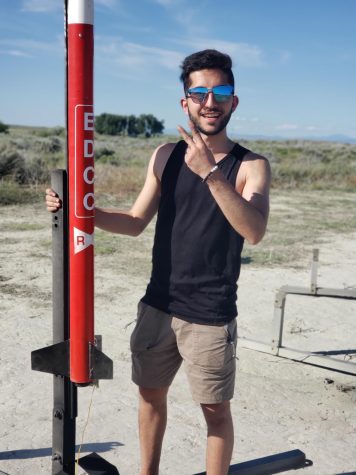
Parham Tavakoli, HLR design lead on the Rocketry Society


